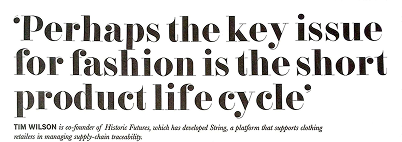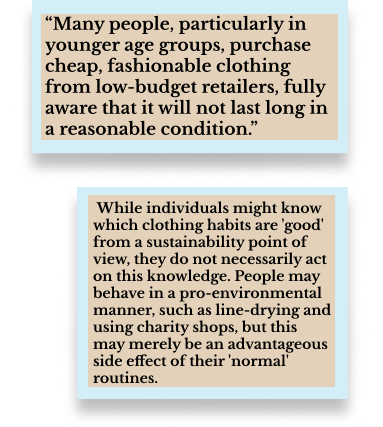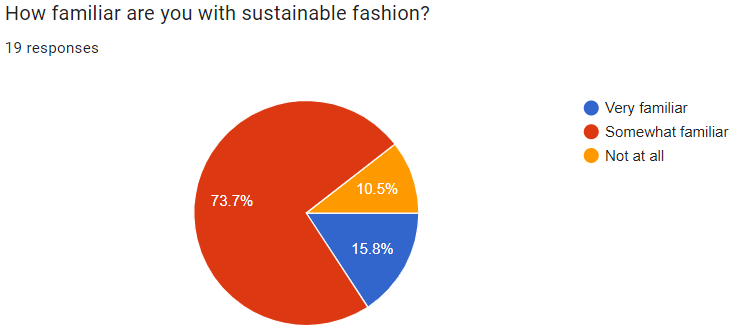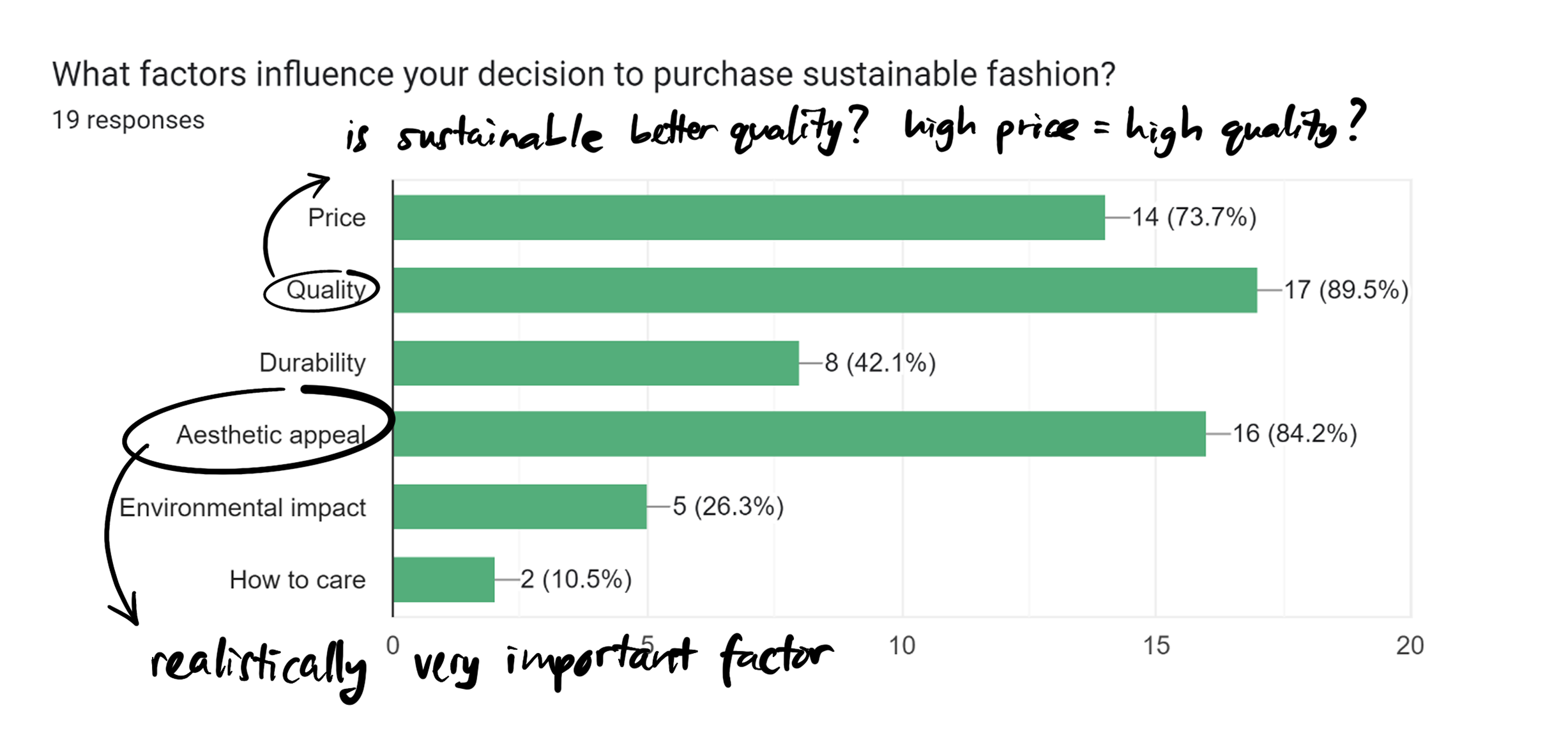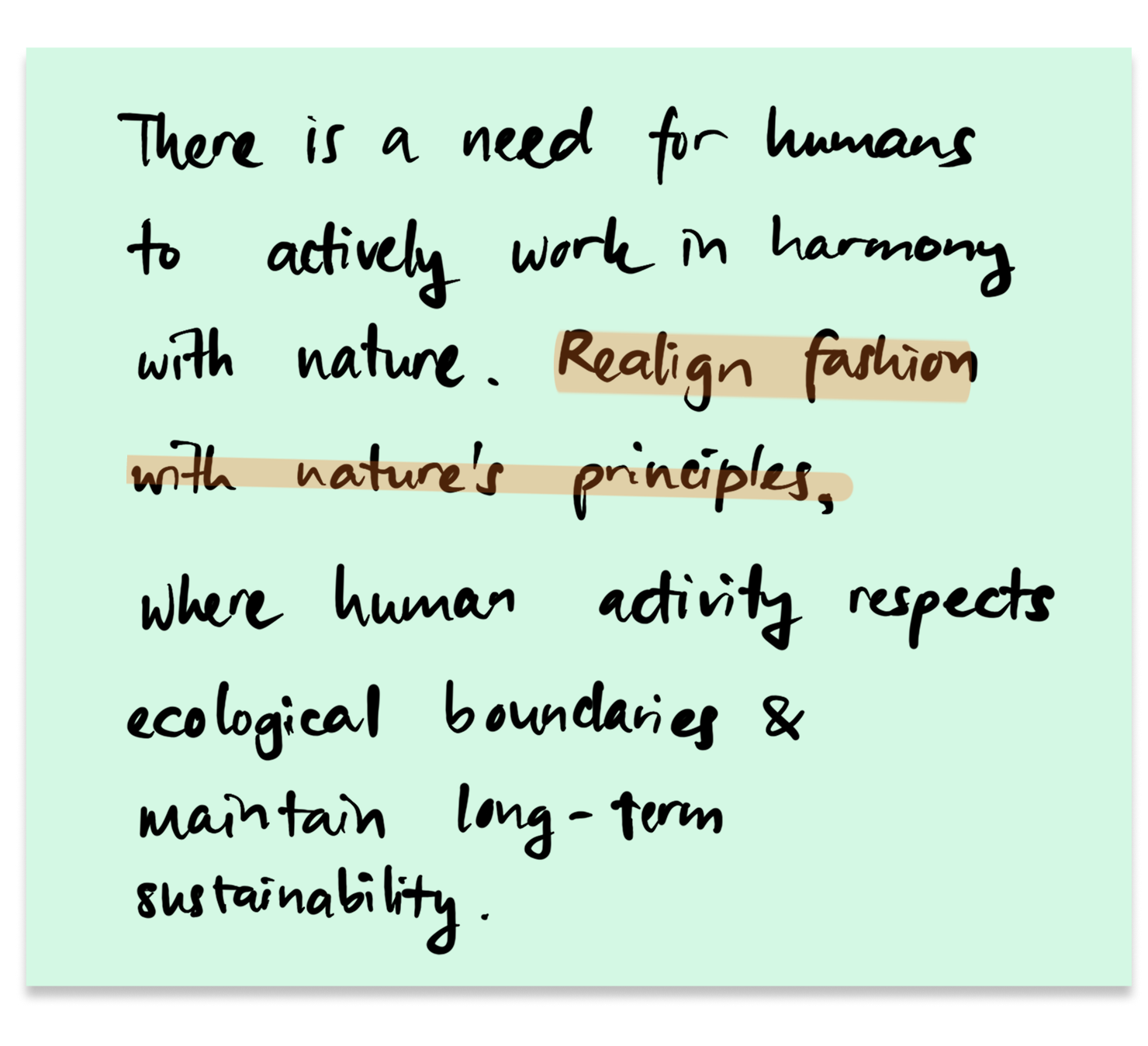
The overconsumption culture of fashion and the increasingly short life cycle of textiles reflect a system built on disposability, poor quality, and a disconnection from long-term value.
The issue chosen also reflects the United Nations’ 12th Sustainable Development Goal
Why is it a problem?

Consumer Behavior
This gives an understanding on what values truly matter to consumers, how involved they are in “bettering the world/industry”, to know better how to shift the system.
The importance of the awareness of the industry’s problems is important towards fixing those fixing those problems
But how aware are the consumers of fashion on fashion sustainability?
In order to better understand consumer’s awareness on fashion sustainability, I conducted a survey, mainly on aesthetics & material of sustainable fashion
These are some of the key takeaways:
to educate and create awareness
importance of care for the consumers, being transparent and provide after-sales service
importance of aesthetics, to encourage emotional value

HISTORY LESSON:
After WW2 (especially in America),
consumerism was encouraged to recover the economy. "Move, newer, better.”
It's also a way to de-emphasize, class differences, especially with the things that defined "good life” within economic reach (affordable), working-class people could achieve the upward mobility they craved.
- The Rise of American.
Consumerism, American Experience

How Might We?
Material Quality
How might we make durable & long-lasting textiles while still practicing these sustainable design mindset?
Reduce chemicals’ impact
Mono - Materiality
Innovative Materials
Reduce Energy & Water Use
Two connecting models
Reflecting back on how as a designer I can be responsible with my decisions, I think it begins with material choices, methods that honour time and craft, and a deep respect for the full life cycle of a garment.



